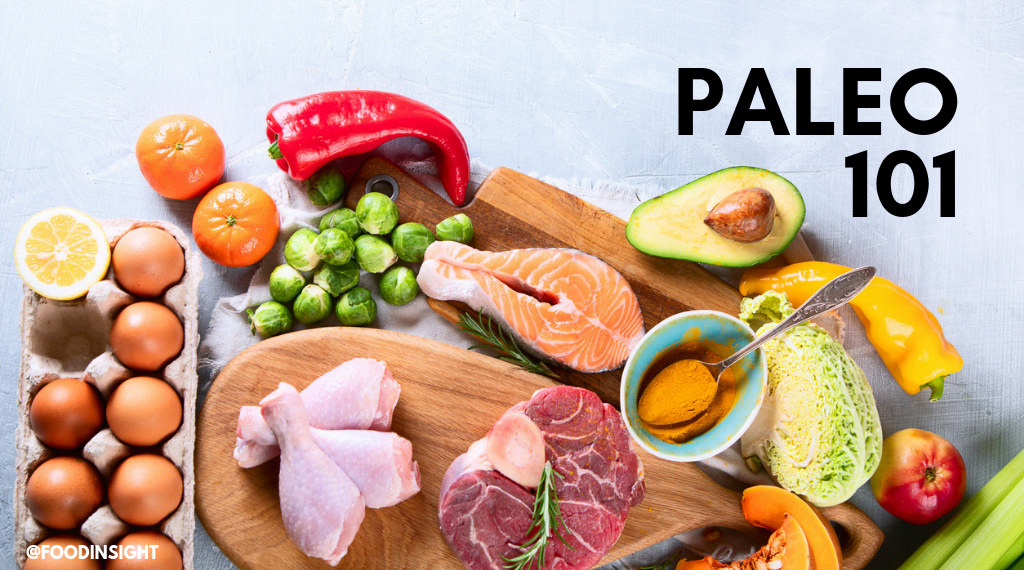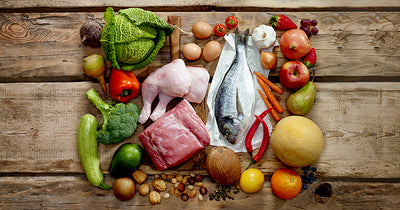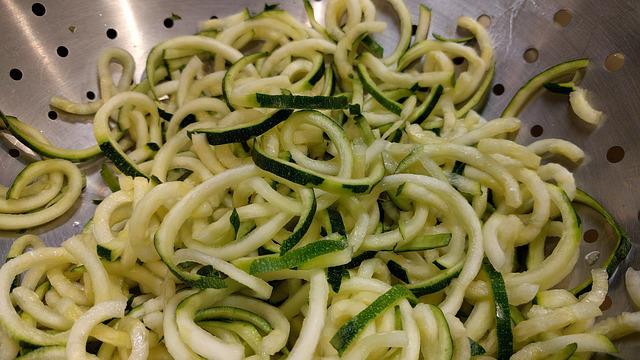
You may be asking yourself, "Who developed the Paleo diet?" Well, the answer is Dr. Loren Cordain, an American scientist who specializes in exercise physiology and nutrition. He is also a leading advocate of Paleo. Which of these men should you believe, though? Or is this simply another myth? You'll find out the truth about this fascinating diet in our next article!
Dr. Loren Cordain
The Paleo diet is a controversial lifestyle plan that advocates eating foods our hunter-gatherer ancestors ate millions of years ago. The Paleo diet is based upon research into the Stone Age diet. This diet is low in sodium but high in potassium. Many modern diseases are linked to high salt intake, which is not found in the Stone Age diet. Dr. Cordain states that it is possible to avoid many illnesses by eating like our caveman forefathers.
Cordain is an authority on nutrition and human development. He has published many scientific articles. His research has been featured by many major media outlets, including Dateline NBC as well as the front page of The New York Times. His books and newsletters are well-known. For more information about the Paleo diet, check out the resources below.
The Paleo Diet can be divided into three levels: basic to intermediate and advanced. At the lowest level you will eat fewer "open" foods and consume more foods that are prohibited to you. Legumes and other seeds can be eaten, but only in moderation. At the top level, you can consume up to 20 meals a week and 20 snacks. This diet is recommended for life if you wish to live long and prosper.

The diet is based on the premise that the hunter-gatherers' diets are indicative of high protein intakes. Cordain, however, cites research to back his theory. He used an ethnographic map of 229 hunter/gatherer groups to create the atlas. According to his research, 73% ate animal foods while only 14% ate plant food. Cordain's findings are refuted in Am. J. Clin. Nutr. 71:665-667.
Although Dr. Cordain's hypothesis may sound appealing, there are many strong counterarguments. While Cordain claims that a diet low in fat and carbohydrates can increase one's risk of cancer, this hypothesis is not supported by the evidence. The diet's benefits outweigh its drawbacks, for example. Cordain's research also highlights its limitations, but is not conclusive.
Walter Voegtlin
Paleolithic is a way for eating that has been around since at least 35years. The Stone Age Diet was developed by gastroenterologist Walter Voegtlin, who developed the diet after studying man's dietary habits and ecology. He found that the diet was helpful for people with common digestive problems. The diet offers many health benefits, including improved brain function.
Voegtlin believed that humans evolved to be carnivores and therefore the diet should be the same. Voegtlin believed humans were genetically similar to sheep and dogs, so he recommended a carnivorous diet. Modern data is mixed but generally positive, according to diet advocates. However, modern humans have not adapted to the paleo-diet as much as animals did tens of thousands years ago.
In the book "The Real Diet of Man", author Walter Voegtlin uses the chemistry of food to prove the effectiveness of this diet. This book also highlights low glycemic foods, high fiber, and balanced essential fatty acids. It focuses on the foods that allow the body to function at its best. Ted Slanker and Walter Voegtlin have been writing about the foundations of nutrition research since 1995. They also distill complex studies into basic nutrients for human well-being.

Paleo includes certain food groups that are not allowed on the diet. These include processed foods and sugary drinks. The diet is not suitable for some animals that are grain-fed. In addition, modern fruits & vegetables are much different than the ones eaten during paleolithic eras. Many Paleo dieters cite studies with a limited number of subjects that are not long-term. These studies are not supportive of the Paleo Diet as a whole.
Because the Paleolithic diet was primarily based on animal proteins, it is essential to research animals' diets. Modern humans are influenced by Paleolithic vegetarian diets, even though they were not entirely vegetarian. Many of these researchers believe the animals' diets did not include meat or dairy. While eating more meat and fat can lower cholesterol, it can also improve cardiovascular disease prevention.
FAQ
How can I cook like a professional?
Cooking can help you become a better person. You can increase your self-confidence by learning how to cook healthy foods for yourself and others. Learn how to cook healthy food at home. Finding out your favorite recipes is the first step. Then, read books about different foods, such as Italian, Mexican, Chinese, etc. Finally, make sure you practice different recipes until you feel confident.
What does a culinary program cost?
Prices for Culinary School vary depending upon where you go, what program you select, and how long you stay there. The average tuition ranges from $10,000-$30,000 per year. Most students graduate with about $20,000 in debt. Some programs offer work-study, grants, scholarships and grants.
Do I have to buy ingredients in order to cook?
You don’t always need to buy the ingredients. Many grocery stores carry pre-made sauces and items that can be used as substitutes. If you are looking to save money, premade meals may be a good option.
Are there any free online cooking classes?
Many websites offer cooking lessons for free. YouTube has many videos that will show you how to cook different dishes. Some sites offer thousands of recipe options. The sites typically charge a monthly fee but you can test them for free for a period of 30 days.
What's the best way to keep leftovers safe?
Tupperware containers can be used to store leftovers. These containers keep food fresh and prevent odors forming. They also keep foods warm longer. Remaining food can be frozen in freezer bag. Place food in another freezer bag to prevent air escape when freezing. Once the food has frozen, you can transfer it to an airtight container like a zipper lock bag.
Can you learn to cook on your own?
You can learn to cook by yourself! The joy of cooking is something that everybody enjoys doing, no matter their skill level. Learn how to cook at home. Start small, like making pancakes for breakfast or spaghetti sauce for dinner. You can learn the most by trying new recipes and making mistakes. You may even want to make a few mistakes along the way.
Cooking can take anywhere from a few hours to several months depending on the skill level. It's important that you remember that cooking does not mean following a recipe. There are many ways to cook food. If you have an idea, follow it.
Statistics
- According to the BLS, chefs earn $58,740 a year. (learnhowtobecome.org)
- The median pay for a chef or head cook is $53,380 per year or $25.66/hour, according to the U.S. Bureau of Labor Statistics (BLS). (learnhowtobecome.org)
- You'll be amazed that over 90% of CIA students receive scholarships and grants to finish their culinary studies. (ischoolconnect.com)
External Links
How To
How to cook your steak
The thickness of any meat will dictate the cooking method. Thicker steaks cook best at low heat. Thicker steaks require higher temperatures.
Also, don't cook them too long as it will cause loss of flavor. Remember to take your steak out of the oven when it's done. You won't burn.
Cooking time will depend on the size of your steak and the desired level of doneness. Here are some guidelines:
Medium Rare: Cook to medium rare. This means that the internal temperature should reach 145degF (63degC). This process takes between 3 - 5 minutes per side.
Medium: Cook till medium. This usually takes only 6 minutes per side.
You are done when the internal temperatures reach 180°F (82°C). This usually requires 8 to 12 minutes per side.